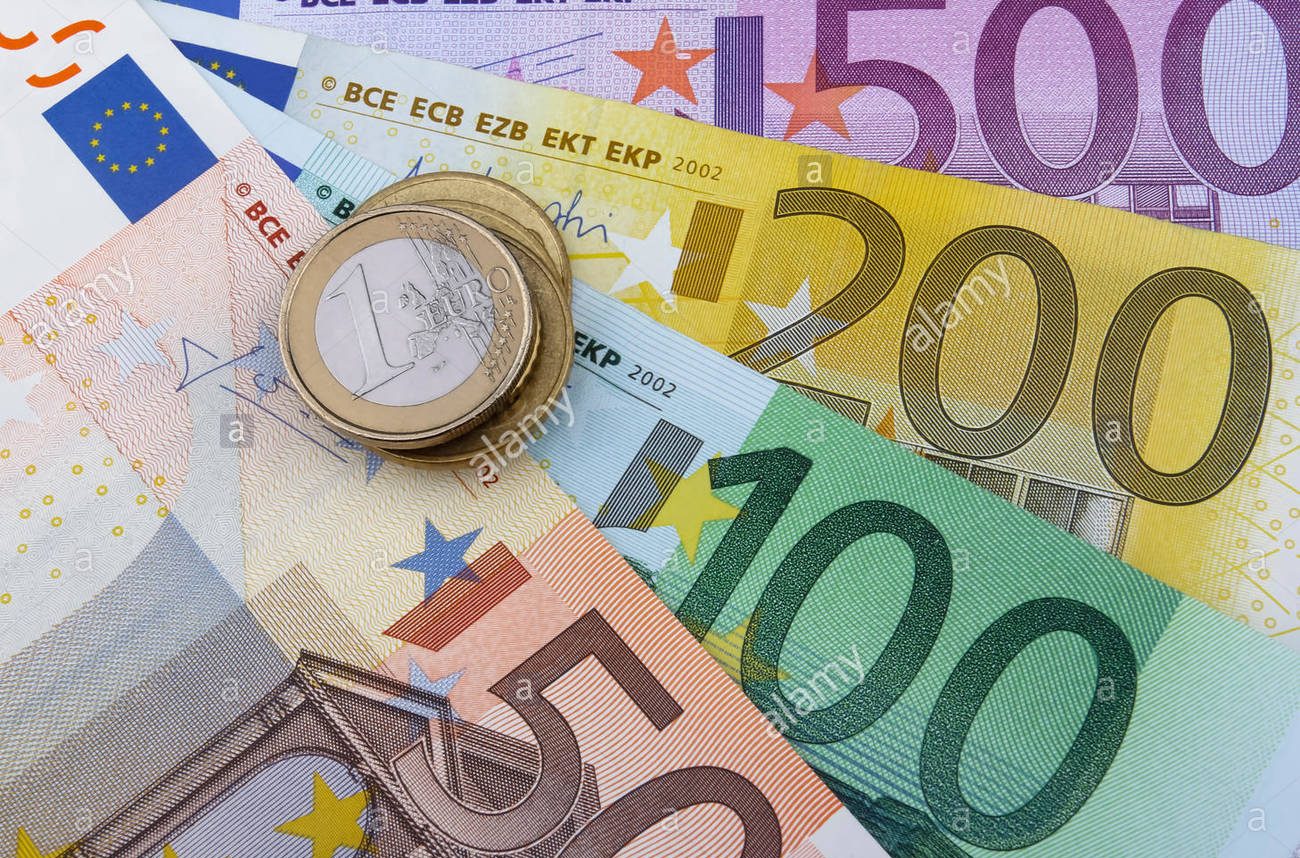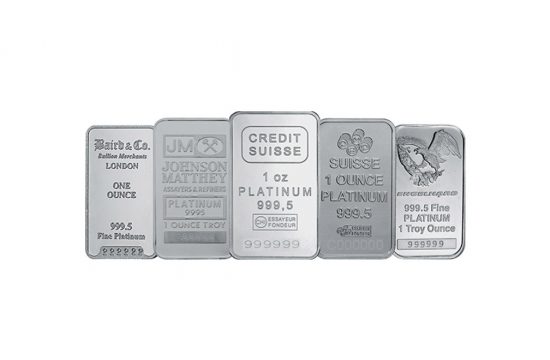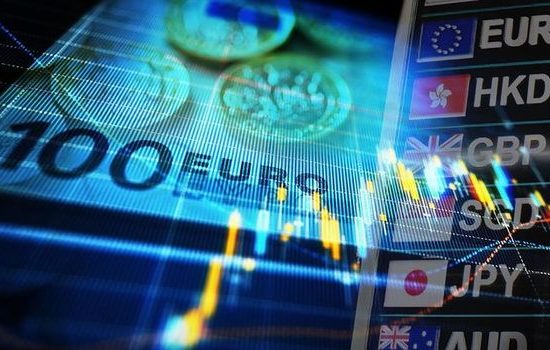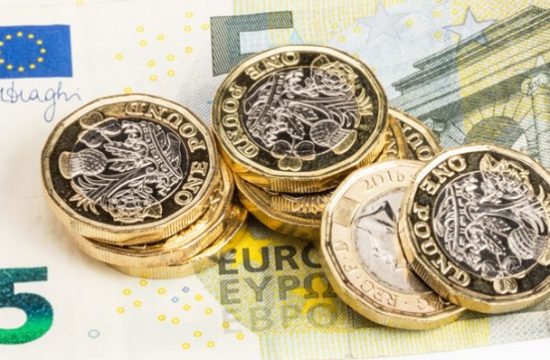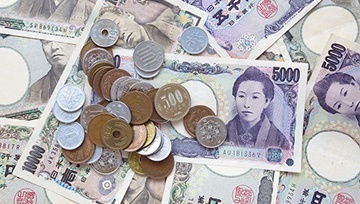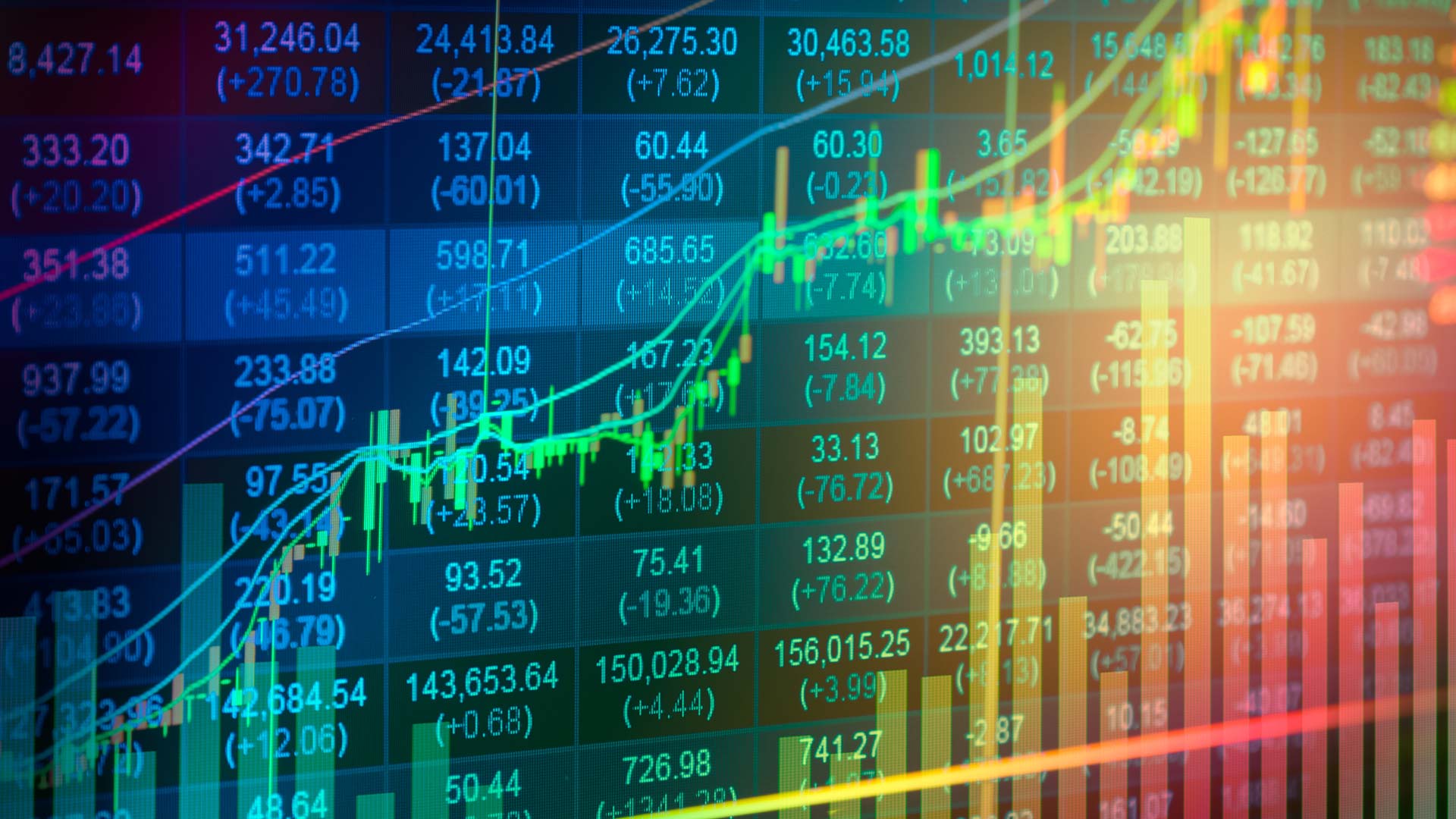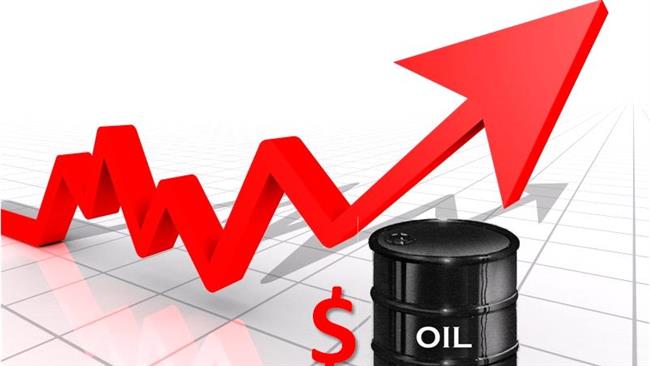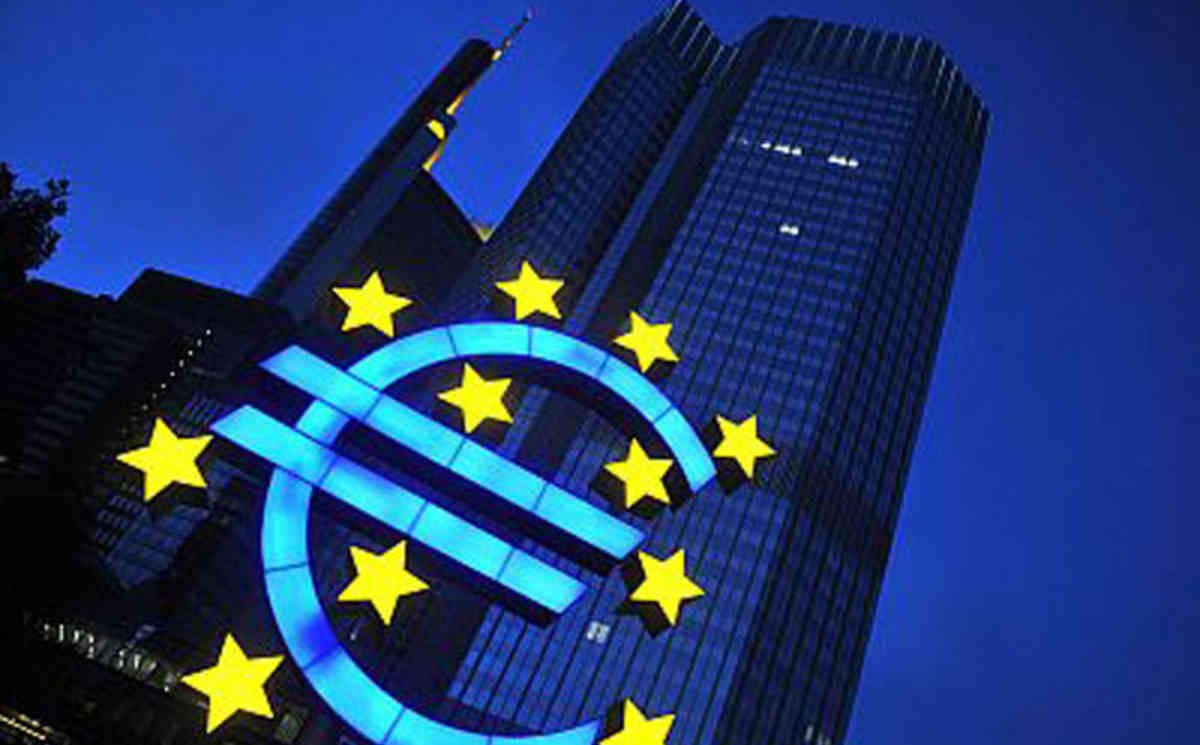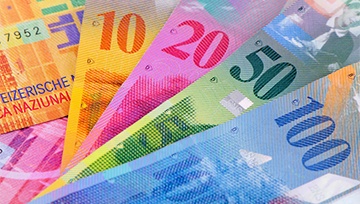Market sentiment plummets
COVID-19 contagion is dominating the market psychology; proxy hedges are still oh so attractive, especially with early signs that credit is bleeding in Europe. The themes/triggers of last week’s sell-off remain just as demonstrative this week – even more so once investors add an oil overlay with Saudi Arabia announcing an oil price cut.
The Yen surged with much enthusiasm at the market open this week as investors dove into safe havens on accelerating COVID-19 cases in Europe and as Saudi Arabia triggers a price war for oil, adding another level of panic to a market already thick with fear.
Crude collapses
Crude crashed at the open with WTI opening down 27% as traders frantically attempt to re-price the curve. The shock-and-awe Saudi strategy will propel oil markets into a period of radical uncertainty. Russia balking was one thing, but Saudi ramping up production is a bird of another feather (see my oil weekly below for more extensive commentary).
Given we’re probably one US super spreader headline away from sending WTI reeling to the mid 20s, prices could remain under pressure.
It seems inevitable that US virus headcount numbers will climb substantially higher from current levels, possibly in an explosive way, once testing is rolled out on a large scale. The oil market could remain under pressure for the foreseeable future until maybe Russia and the Saudis walk back their new world order for oil threat.
Gold flies
Gold shot higher out of the gates as haven demand soars with investors buckling in for perhaps an unprecedented VaR implosion as oil plummets, compounded by the fact we’re on the event horizon of a massive credit risk vortex due to COVID-19’s negative economic effect. Indeed, given the expected bankruptcies, increased NPLs and enormous demand for short-term credit, it’s no surprise that European banking stocks are down around 30% and that basis is widening. It’s very likely to expand more as all sorts of accounts buy the basis for insurance, but the Euribor fixings are the ones to watch closely. A spike in these will confirm the beginning of a much more major widening move.
Even if central banks step in with new cheap loans and stimulus packages as expected, it seems that it’ll take some time before this feeds into the system. But the damage may already be done as COVID-19 has moved through a host of crucial growth sectors like a runaway wrecking ball.
And with precious metals traders recalibrating their buying signals on the JPY vs XAU correlation, which has historically been hugely positive for gold prices when both move in tandem to risk aversion (Yen higher, gold higher), global investor demand for all things bullion will come to the fore as universal fear indexes soar (JPY and Vix) with coronavirus growth and dispersion rates remaining the first-order of risk.
Reminiscent of 2008, where it was as equally impossible to position risk for an endgame, the only trades that made sense were ‘cheap options’ like gold and JPY, but even those are not so cheap and becoming expensive with USDJPY at 104 and gold rapidly closing in on $1,700.
The Euro
Fed rate expectations are rapidly going towards zero, so I see EURUSD reaching 1.15 – possibly this week – but admit that investors will need some persuasion that the European containment response will be better than the US.
On that more practical buy EURUSD signal, when it comes to dealing with the virus Europe has the fortified social safety net. In contrast, the USA lacks the necessary health care stabilizers to deal with an epidemic of massive proportions, hence the reason they’re behind the curve on testing.
As the Treasuries rally continues, the sell-off in the greenback continues. According to positioning, EURUSD is the most vulnerable pair as investors built significant bearish positions earlier in the year. CFTC data shows leverage accounts were their most bearish since 2016 which suggests we’re witnessing the tip of the iceberg when it comes to the discretionary trader short positioning unwind.
Asia data in focus
The focus will shift to Asia data to create a COVID-19 model for growth impact (Japan, New Zealand, China, India, Thailand, Taiwan and Indonesia all have one or more series to note). Tracking their combined economic data relative to YoY could provide some clarity of actual economic impacts so far from coronavirus. From there, you can extrapolate to Europe, which doesn’t release data for several more weeks.
In summary, this is a very nasty shock for investors to wake up to, with risk markets already stressed to the brim. But compounding the COVID-19 no endgame in sight narrative with probable value-at-risk implosion triggered by the fall in oil prices, global investors will likely be having a case of the cold sweats keeping them awake at night for the foreseeable future.
What we’re reading
Not that this necessarily reflects the view of the Fed, but in a speech on Friday Eric Rosengren, President of the Boston Fed, broached the topic of QE. He went on to state that with yields already so low, he thinks central banks should be allowed to purchase a broader range of securities or assets (presumably implying stocks). This would, however, require a change in the Federal Reserve Act, for which congressional approval would be required. Also, if they were to do so, the Treasury should indemnify the Fed against losses. He then says that, alternatively, the Fed could consider a facility that could buy a broader set of assets, provided the Treasury agreed to provide indemnification. Rosengren was speaking at an event to commemorate Marvin Goodfriend.
My weekend coverage frame for this morning’s open: now that the damage has been down risk, sentiment will probably ebb and flow throughout the next 24 hour period (although I expect risk to sell more) as central banks wax dovish against the backdrop of increasing COVID-19 cases, so please reach out for any live comments.

